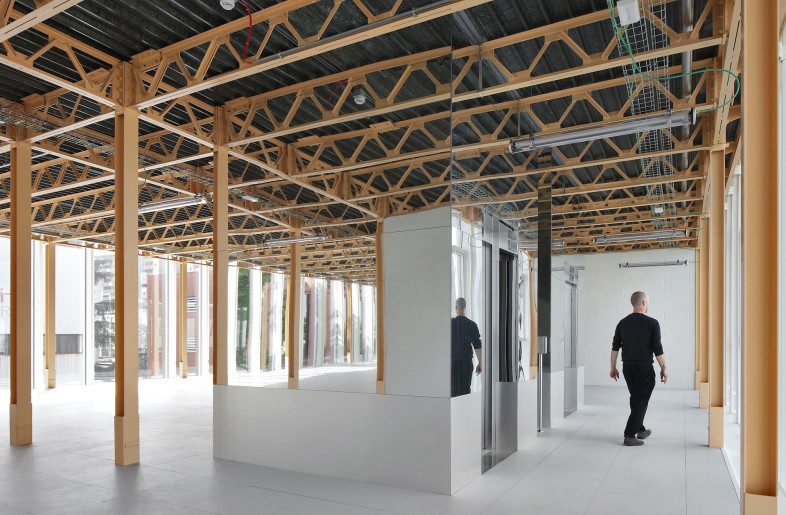What we can learn from the designers who lead biofabrication

Designers have an integral role in the shift toward biofabrication. What are the opportunities and challenges that lie ahead?
Think of fungi, microalgae, salt or bacteria.
Create a free account to read the full article
Get 2 premium articles for free each month
Related Articles
MORE Sustainability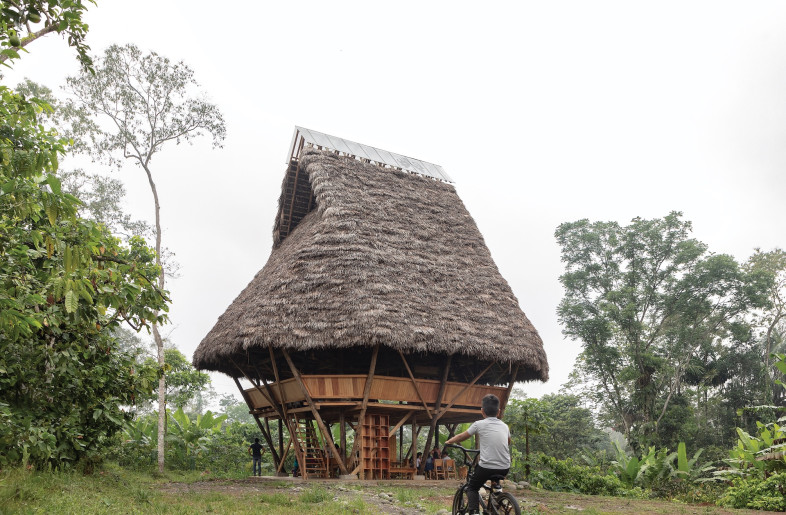
In the climate conversation, low-tech architecture is leading the way in South America
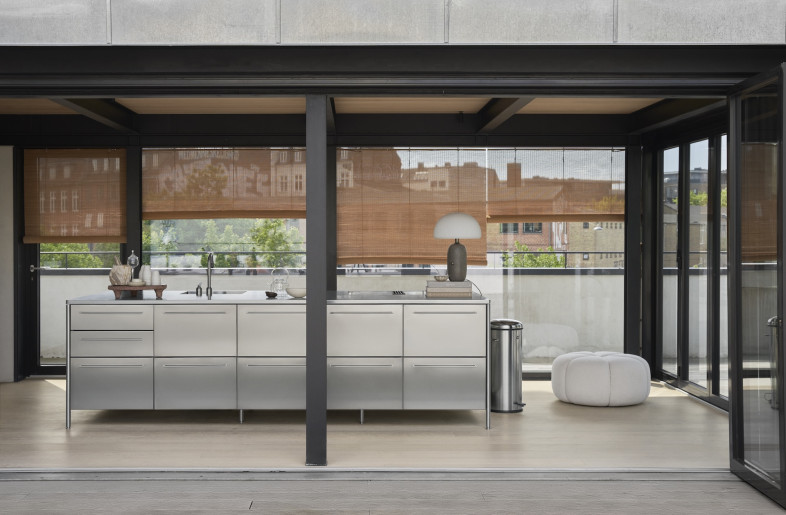
These 7 future-ready kitchens show that adaptable design and functionality are the new standard
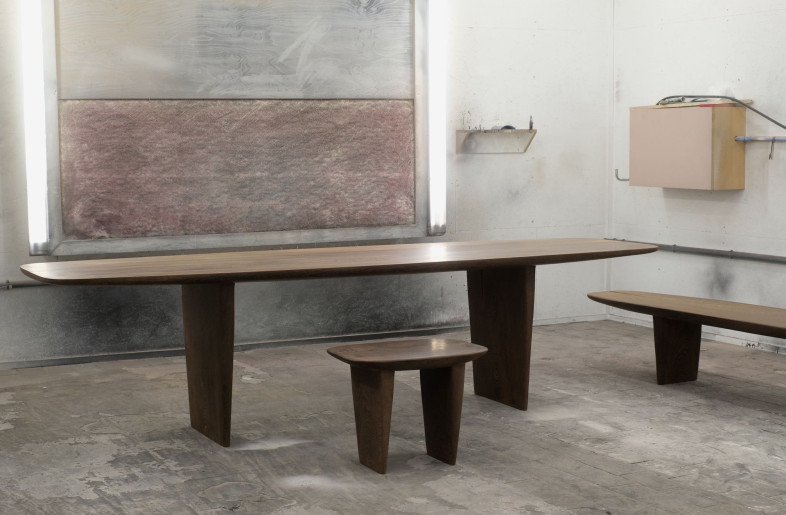
By narrowing the production radius, a Belgian studio minimizes environmental impact, maximizes terroir

What retailers can do to cultivate conscious consumerism
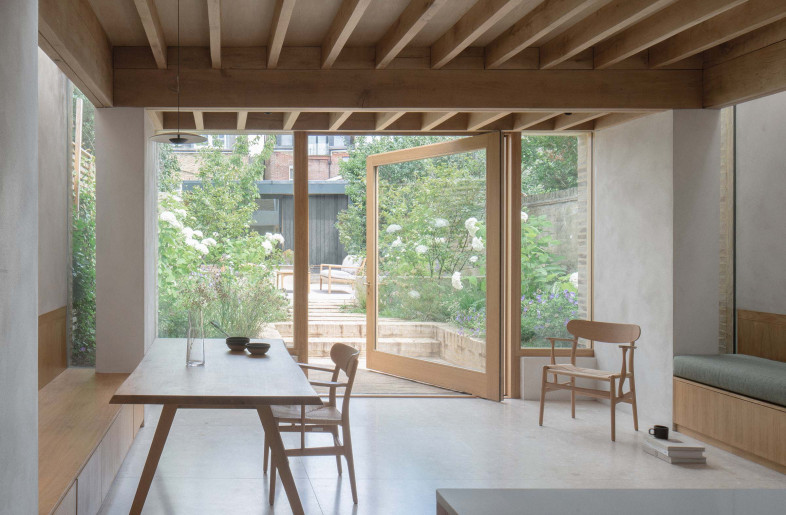
The renovation of a London Victorian home enables sustainable, seamless living

Andreu World’s 70-year legacy is a milestone in responsible furniture design
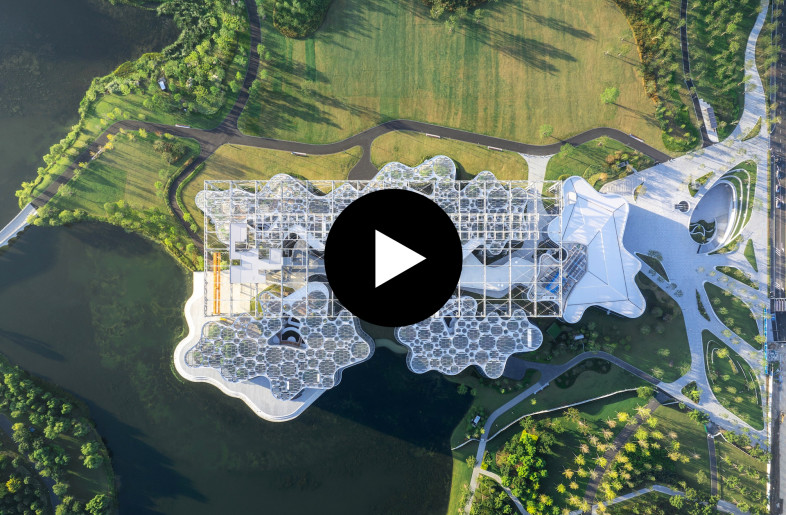
Video: Is urban biodiversity attainable? This steel-factory-turned-greenhouse shows how
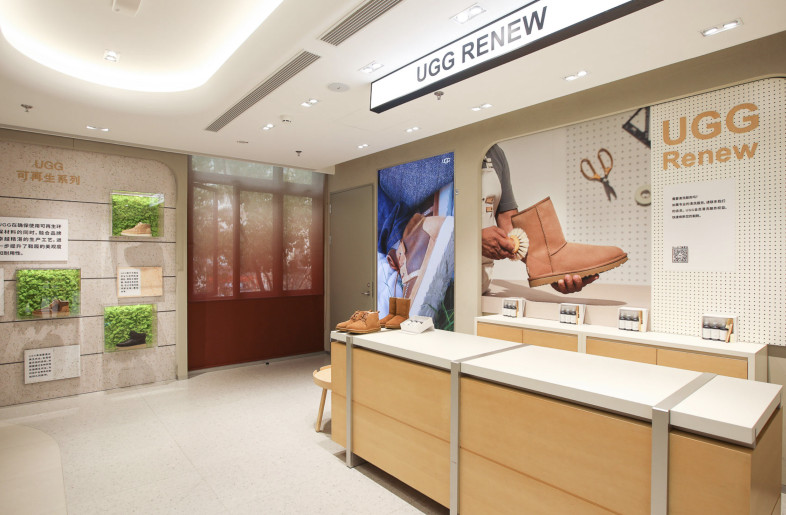
Report Recap: How modern living, work and play practices will manifest in our built environment
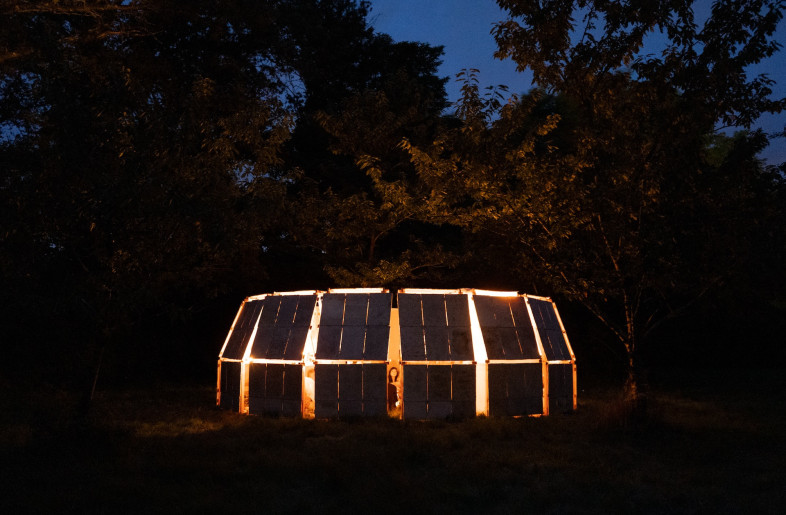
Fix, reuse, reinvent. These 4 low-impact scenographies put circular design on show
